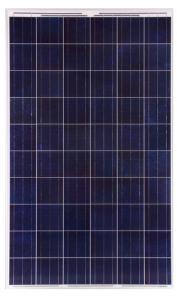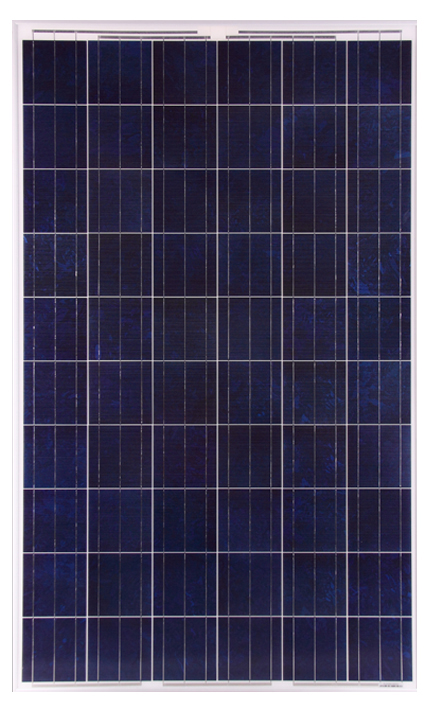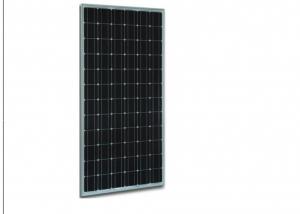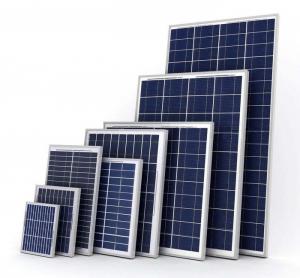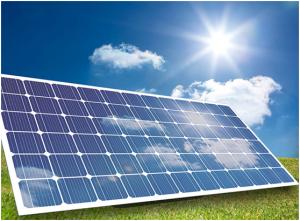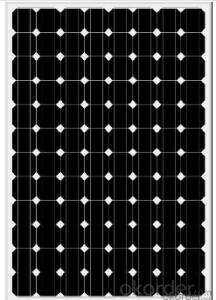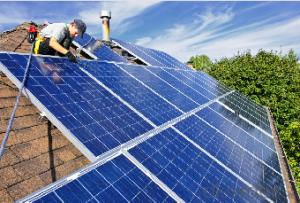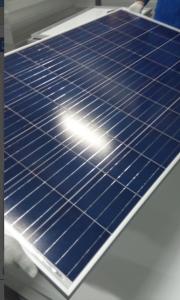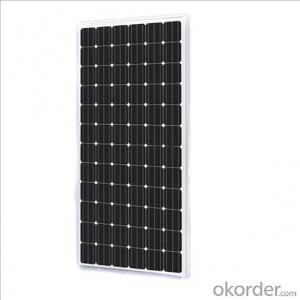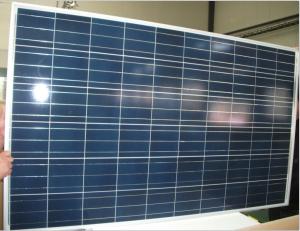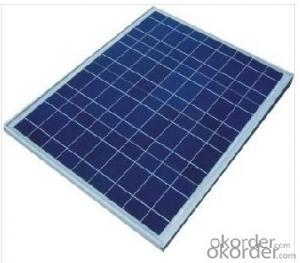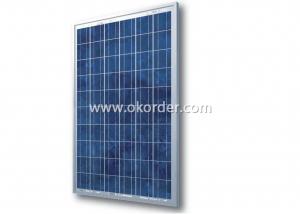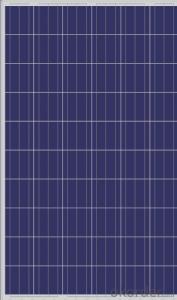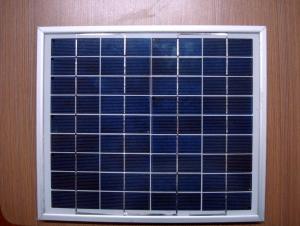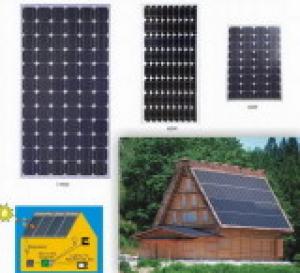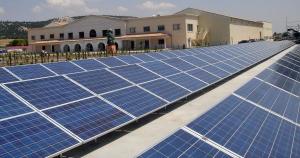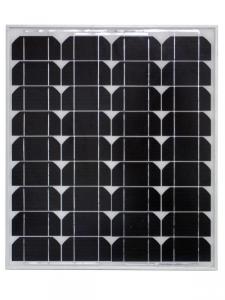Solar Panels Bradenton - 250W from CNBM with CNBM Brand
- Loading Port:
- Shanghai
- Payment Terms:
- TT or LC
- Min Order Qty:
- -
- Supply Capability:
- 5MW watt/month
OKorder Service Pledge
OKorder Financial Service
You Might Also Like
Description:
CNBM Solar is a world-leading and Vertical integrated manufacturer of high-performance with Silicon,
Wafer, Cells, Modules, which convert sunlight into electricity for residential, commercial, and utility-scale
power generation.
The capacity of CNBMSolar is reach to 1GW, and make sure each year our shipment capacity is more
Than 700-800MWs, at the same time, we have set up the largest solar power station with our partner
in Ukraine.
CNBM is a Quality + Service oriented company with“Excellence at Each Step” approach, composed of
the finest components from TUV and IEC-certified partners around the world, CNBM modules consistently
undergo a variety of trials at the company’s Test & Development Centre, ensuring peak performance
capabilities. The company is committed to develop and provide the world with clean and renewable energy
to ease the energy shortages as well as human kind’s impact on the environment.
Data
Optimum Operating Voltage (Vmp) 29.7V
Optimum Operating Current (Imp) 8.42A
Open Circuit Voltage (Voc) 38.0V
Short Circuit Current (Isc) 8.60A
Maximum Power at STC (Pmax) 250W
Module Efficiency 15.4%
Operating Module Temperature -400C to +850C
Maximum System Voltage 1000 V DC (IEC)
Maximum Series Fuse Rating 20 A
Power Tolerance -3% - +3%
STC: Irradiance 1000W/m2, module temperature 250C, AM=1.5;
Best in Class AAA solar simulator (IEC & TUV) used, power measurement uncertainty is within -3% - +3%
Features
High module conversion efficiency
Module efficiency up to 15.4% achieved through superior technology and manufacturing capabilities
Excellent weak light performance
Excellent performance under low light environments
Current sorting
System output maximized and low power loss with modules sorted and packaged by amperage
Color sorting
Beautiful appearance of the modules to meet different customers’ needs
Cost reduction
Reduce the cost of raw materials by integrating materials to provide 10%-15% off the modules for customers
Extended wind and snow load tests
Withstand high wind pressure and snow load, and extreme temperature variations

FAQ:Could you introduce your company?
CNBM Group is short for China National Building Materials Group Corporation, which is established in 1984 with approval from the State Council
CNBM Group is the largest comprehensive building materials industry group in China
The Group has a total asset of over RMB 360 billion, more than 180,000 employees and 17 subsidiaries
- Q: This is the cenario. Your yearly energy use comes by mail and it states that the total amount of energy used your household is 7000kWh.Then you make the decision of switching to get solar panels. The question is what area should your solar panel be given that the average annual length of daylight is 2.0.
- It is not that simple. There are 3 main types of solar cells. Monocrystalline silicon is the most efficient and produces the smallest solar cells, and therefore the smallest panels. Poly-crystalline (or multi-crystalline) silicon produces the next most efficient type of cells and are a popular choice. Amorphous (or thin-film) silicon uses the least amount of silicon and also produces the least efficient solar cells. This means thin film system take up more area than the other two; an important factor to consider in relation to possible future upgrades; i.e. if you'll have enough space left to do so. The North (in the Southern hemisphere) or South (in the Northern hemisphere) facing roof collects the most energy. So this biases the roof area required. Your energy usage can be changed. Hot water (a major energy user) could be better using direct solar heating with peak demand boosting, either from mains or solar. There are other possibilities, either to reduce demand or to provide energy from other sources. Not all sunshine hours are equal. Hours around midday are far more productive than hours later in the day. This must be factored in.
- Q: if I have a battery bank of of 6 L-6 Trojan batteries, 6V 390AH, wired in series parallel to give me 2V at 70AH (or 4,040WH) what kind of solar panels should I purchase assuming I have 8 hours of sunlight, a solar tracking system and I want to make sure I can fully recharge my batteries everyday if i use up all the power every night?i understand there are efficiency issues to consider which i have not calculated in yet. thanks.
- Hi okorder /
- Q: (For a project)I know they are made of silicon, but I want to EVERYTHING they are made of. Ex Metal (What kind)Please tell me everything used from their production to the finished projectThank you
- photograph voltaic panels take power (and in all probability some oil for the plastic) to fabricate, yet that power, and the carbon footprint, is paid for many circumstances over in widespread operation, via the electrical powered energy that the panel generates. The life of the middle photograph voltaic cells is long (there are nonetheless some panels from the 970's that are nonetheless out and dealing), and contemporary panels are oftentimes warranted for 25 years, showing that even the manufacturers have self assurance in thier lifespan. yet whilst it ultimately comes time to eliminate the panels, the aluminum physique is as particularly recycled as the different aluminum, and the tempered, low-iron glass could properly be recycled, too. The plastic substrate is unavoidably solid - it has to stand up to the solar for some years. i do no longer understand what could desire to be achieved with that. The cells themselves are a intense grade of silicon, which has fee on the scrap industry. some panels are no longer made up of silicon - yet lots of the factors could desire to be recycled in a similar fashion. i'm no longer attentive to any intense panels being dumped or discarded at present. they're worth lots, even broken, that some hobbyist or surplus place will purchase them.
- Q: I've been figuring ways to keep water thawed out this winter, and this bucket seems to be the easiest thing. What kind of set up (solar panel) would I need to feed this 260 watt heated bucket?
- Unfortunately solar panels are low output,generally only 2 volt and very low amperage,so you would need to build a multi panel array with a DC-AC converter all together costing several hundred dollars which would only work during sunlight.Just roughly figuring,about $800. Plan2-Solar charger,battery bank,and DC-AC inverter so it would work 24hrs a day,also several hundred $$. Solar power does just not seem feasible(to me)in this application.By far the cheapest set up here would be an extension cord fromhouse to the bucket.260 watts per hr is a fairly lightweight draw,even not figuring the thermostat's cycling it on and off as needed.Electricity is sold in kilowatt hours(000W/hr).This bucket would use(not allowing for thermostats control lowering it)appx 6000watts or 6KW per day.Depending on your electrical cost per Kwh it would cost very little to run.(In my location appx 50cents a day) or appx the same amount as my computer(325watts total)) Note that that would be a maximum rate,and would actually be less due to thermostat cycling off and on as needed.
- Q: How do solar panels affect satellite dish reception?
- Solar panels can potentially obstruct the satellite dish's line of sight to the satellite, leading to signal interference and reduced reception quality.
- Q: i have a fountain system that has a small electric pump. its made to be close to a house but i want it across the driveway and i dont want to run electrical over there.is there a small solar panel that i can get fairly inexpensive to mount on a nearby tree and be able to plug the pump into it?
- Home Depot has several sizes for applications such as yours in the gardening section. Because I am always looking for ways to save money, even in the long run, I was looking at the possibility of solar power for here in SW FL.
- Q: Can solar panels be installed on a stadium or sports arena?
- Yes, solar panels can be installed on a stadium or sports arena. In fact, many stadiums around the world have already adopted solar panel systems to generate clean and renewable energy. These large roof areas provide ample space for solar installations, helping to offset energy consumption and reduce carbon emissions. Additionally, solar panels on stadiums can serve as a symbol of sustainability and inspire others to embrace renewable energy.
- Q: Do solar panels require building permits?
- Yes, in most jurisdictions, solar panels require building permits. The requirements for obtaining a building permit may vary depending on the location and the size of the solar panel installation. It is important to check with the local building department or municipality to determine the specific regulations and permits needed for installing solar panels.
- Q: Can solar panels be used for powering wireless charging stations?
- Yes, solar panels can be used to power wireless charging stations. Solar panels convert sunlight into electricity, which can be used to charge batteries or directly power electronic devices, including wireless charging stations. This allows for clean and sustainable energy to be used for wireless charging.
- Q: Do LED lamps ever go bad?What's the life expectancy of solar panels?
- LEDs last approximately 50,000 hours of operation, continuous or non-continuous, it doesn't matter. 50,000 hours. Solar panels will, theoretically, last until the end of time. The support structures will fail long before the panels themselves. Inverters, battery banks, op-amps, transformers, control boards, etc. will all fail long before a solar panel stops making juice.
Send your message to us
Solar Panels Bradenton - 250W from CNBM with CNBM Brand
- Loading Port:
- Shanghai
- Payment Terms:
- TT or LC
- Min Order Qty:
- -
- Supply Capability:
- 5MW watt/month
OKorder Service Pledge
OKorder Financial Service
Similar products
Hot products
Hot Searches
Related keywords
